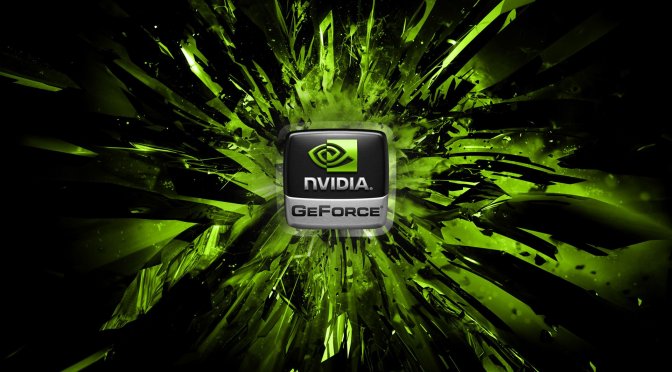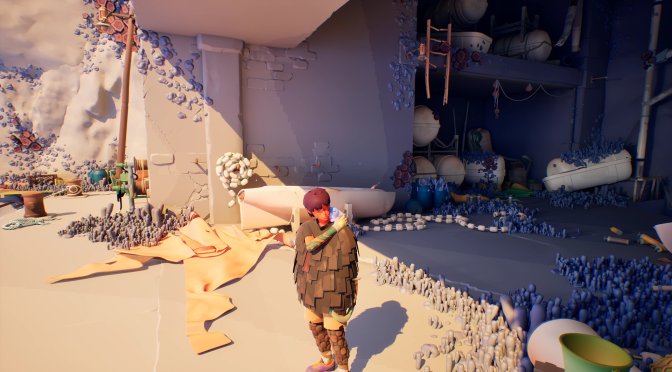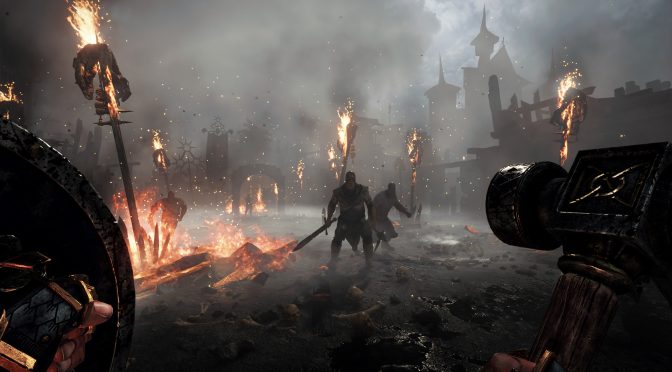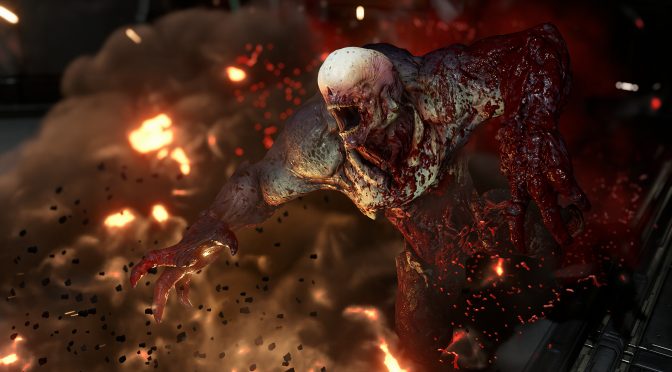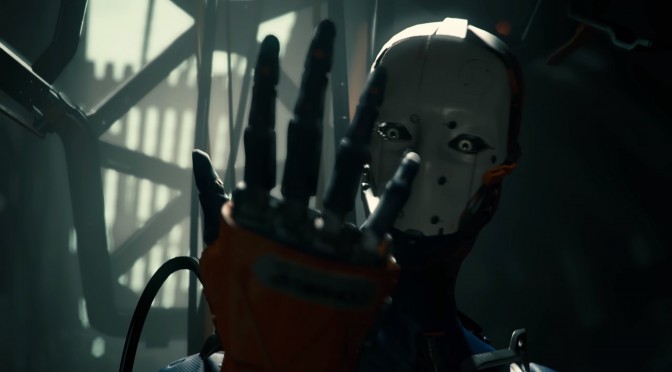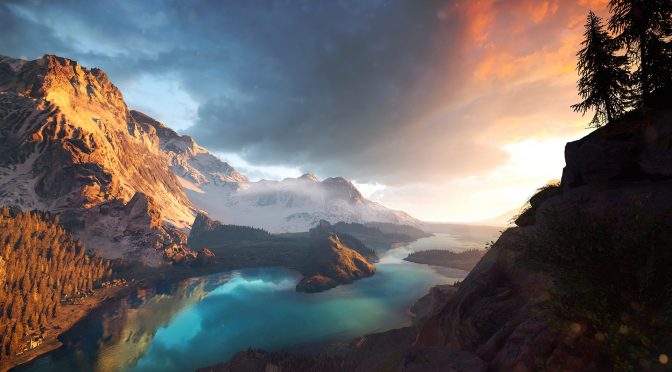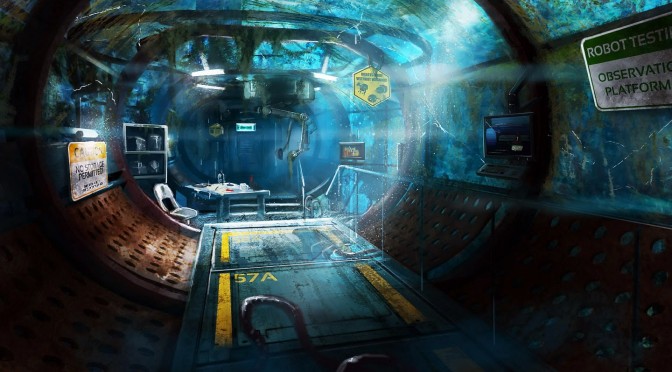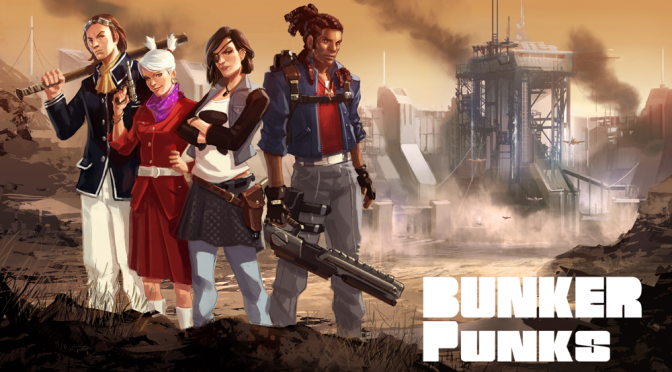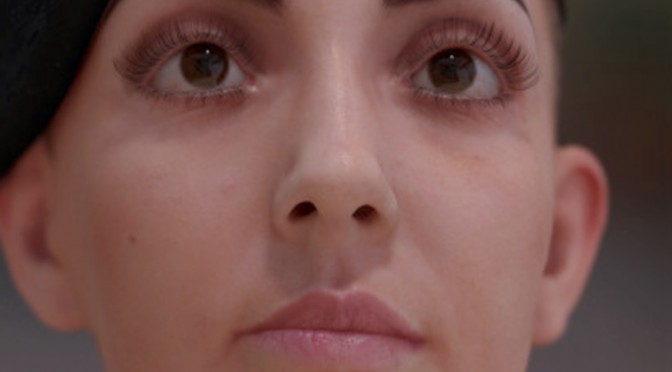A few weeks ago, we had the pleasure of interviewing Luke Spring, NVIDIA’s EMEA GeForce Communications Lead. In this Q&A interview, we talk about Ray Tracing, RTX Remix, DLSS and more. So, without further ado, here’s our big NVIDIA interview. Continue reading NVIDIA Big Interview – Ray Tracing, DLSS, RTX Remix & More
Category Archives: Interviews
Jusant Tech Interview – Unreal Engine 5, NVIDIA DLSS 3, Shaders Precompilation & More
Jusant is a new action-puzzle climbing game that uses Unreal Engine 5 and takes advantage of both Lumen and Nanite. And, a few days ago, we had the pleasure of interviewing Dontnod Entertainment. In this Q&A tech interview, we talk about Unreal Engine 5, Nanite, Lumen, whether the game will support DLSS 3 Frame Generation, and whether it will suffer from any shader compilation stutters. Continue reading Jusant Tech Interview – Unreal Engine 5, NVIDIA DLSS 3, Shaders Precompilation & More
Warhammer Vermintide 2 Interview – DX12, Denuvo, Multi-core CPU support, Physically-based Rendering and more
A few days ago, we had the pleasure of interviewing Fatshark’s CTO and co-founder, Rikard Blomberg. Blomberg shared more details about Warhammer Vermintide 2’s Engine and talked about DX12, the Denuvo anti-tamper tech, Physically-based Rendering and more. Enjoy! Continue reading Warhammer Vermintide 2 Interview – DX12, Denuvo, Multi-core CPU support, Physically-based Rendering and more
id Software Tech Interview: DX12, Vulkan, Mega-Textures, PBR, Global Illumination & more
A couple of weeks ago, we had the pleasure of interviewing id Software’s Tiago Sousa and Axel Gneiting. We talked with them about some of the key features of the id Tech 6, the evolution of their Mega-Textures tech, as well as all both DirectX 12 and Vulkan. Enjoy the interview after the jump! Continue reading id Software Tech Interview: DX12, Vulkan, Mega-Textures, PBR, Global Illumination & more
Unity Technologies on DX12, Vulkan, Ray-tracing, Physically-based Rendering, Dynamic LOD, E3 Demos & more
A couple of days ago, we had the pleasure of interviewing Unity Technologies’ Field Engineer, Mathieu Muller. We talked with Mathieu about a lot of interesting subjects, such as the performance issues that affected all Unity 4 games, the Global Illumination solution for Unity 5, DX12, Vulkan, ray-tracing, and the future of the Unity Engine. Enjoy the interview after the jump! Continue reading Unity Technologies on DX12, Vulkan, Ray-tracing, Physically-based Rendering, Dynamic LOD, E3 Demos & more
Crytek on DX12, Vulkan, Async Compute, Global Illumination, Ray-tracing, Physically-based Rendering & E3 Demos
A couple of days ago, we had the pleasure of interviewing Crytek’s Technical Director, Rok Erjavec. We talked with Rok about DX12, Vulkan, Async Compute, physically-based rendering, the Global Illumination solution of CRYENGINE, the possibility of a full ray-tracing lighting system, and the future of Crytek’s engine. Enjoy the interview after the jump! Continue reading Crytek on DX12, Vulkan, Async Compute, Global Illumination, Ray-tracing, Physically-based Rendering & E3 Demos
Frictional Games Tech Interview – CPU Multi-threading, Chromatic Aberration, HPL Engine Tech Details
A couple of days ago, we had the pleasure of interviewing Frictional Games’ co-founder, Thomas Grip. Thomas shared some details about the engine powering their latest horror title, SOMA, as well as the game’s inspirations, its CPU multi-threaded capabilities, and whether there will be an option to turn off Chromatic Aberration. Enjoy the interview after the jump! Continue reading Frictional Games Tech Interview – CPU Multi-threading, Chromatic Aberration, HPL Engine Tech Details
Avalanche on Avalanche Engine’s Future, Tech Features, DX12 & Dynamic Tessellation Plans
A couple of days ago, we had the pleasure of interviewing Alvar Jansson, the lead graphics programmer on Mad Max. Alvar told us Avalanche’s plans for its Avalanche Engine. In addition, Alvar revealed that the team is currently experimenting with some interesting tech that may take advantage of both DX12 and dynamic tessellation. Enjoy! Continue reading Avalanche on Avalanche Engine’s Future, Tech Features, DX12 & Dynamic Tessellation Plans
Bunker Punks – Developer Interview
A few days ago we had the pleasure of interviewing Bunker Punks developer Shane Neville. In our interview Shane tells us about his inspiration for Bunker Punks and why he decided to go Indie after working on several AAA titles. Continue reading Bunker Punks – Developer Interview
Doctoral Researcher “Karoly Zsolnai” Talks About Separable Subsurface Scattering & Its Benefits
A couple of days ago, we had the pleasure of interviewing Károly Zsolnai, one of the people responsible for an amazing new subsurface scattering technique called Separable Subsurface Scattering (SSSS). We talked with Zsolnai about a lot of interesting topics regarding this new technique, as well as Ray Tracing in video-games. Enjoy the interview after the jump! Continue reading Doctoral Researcher “Karoly Zsolnai” Talks About Separable Subsurface Scattering & Its Benefits

